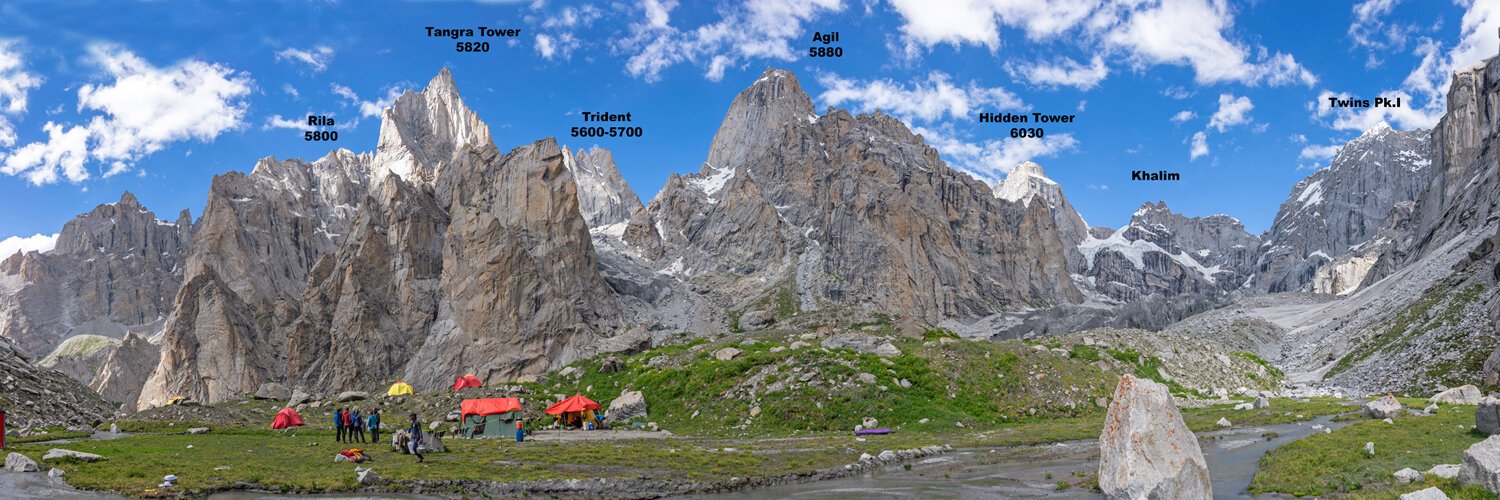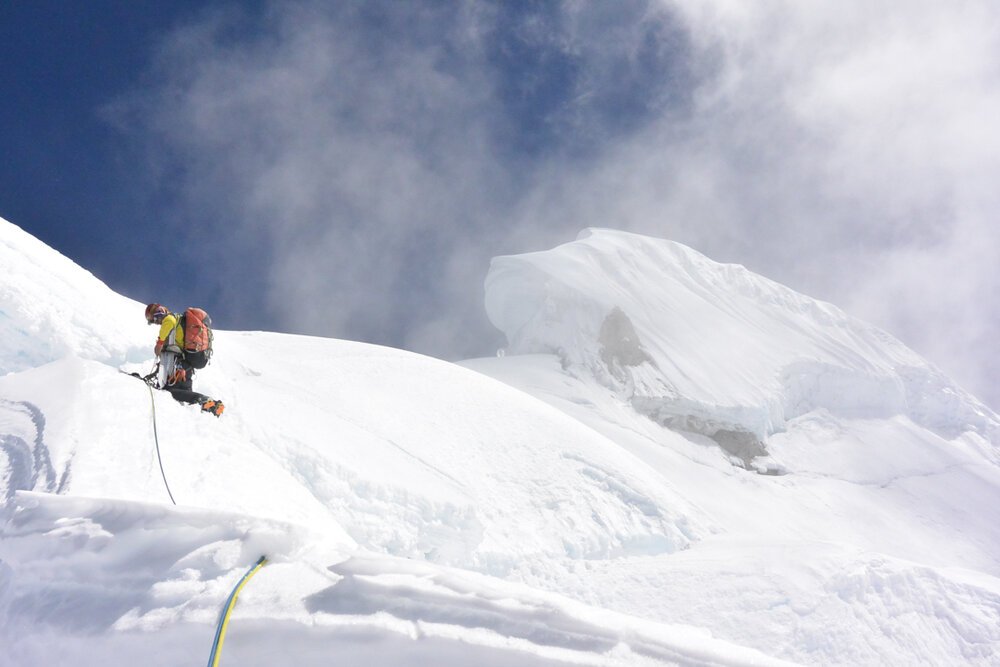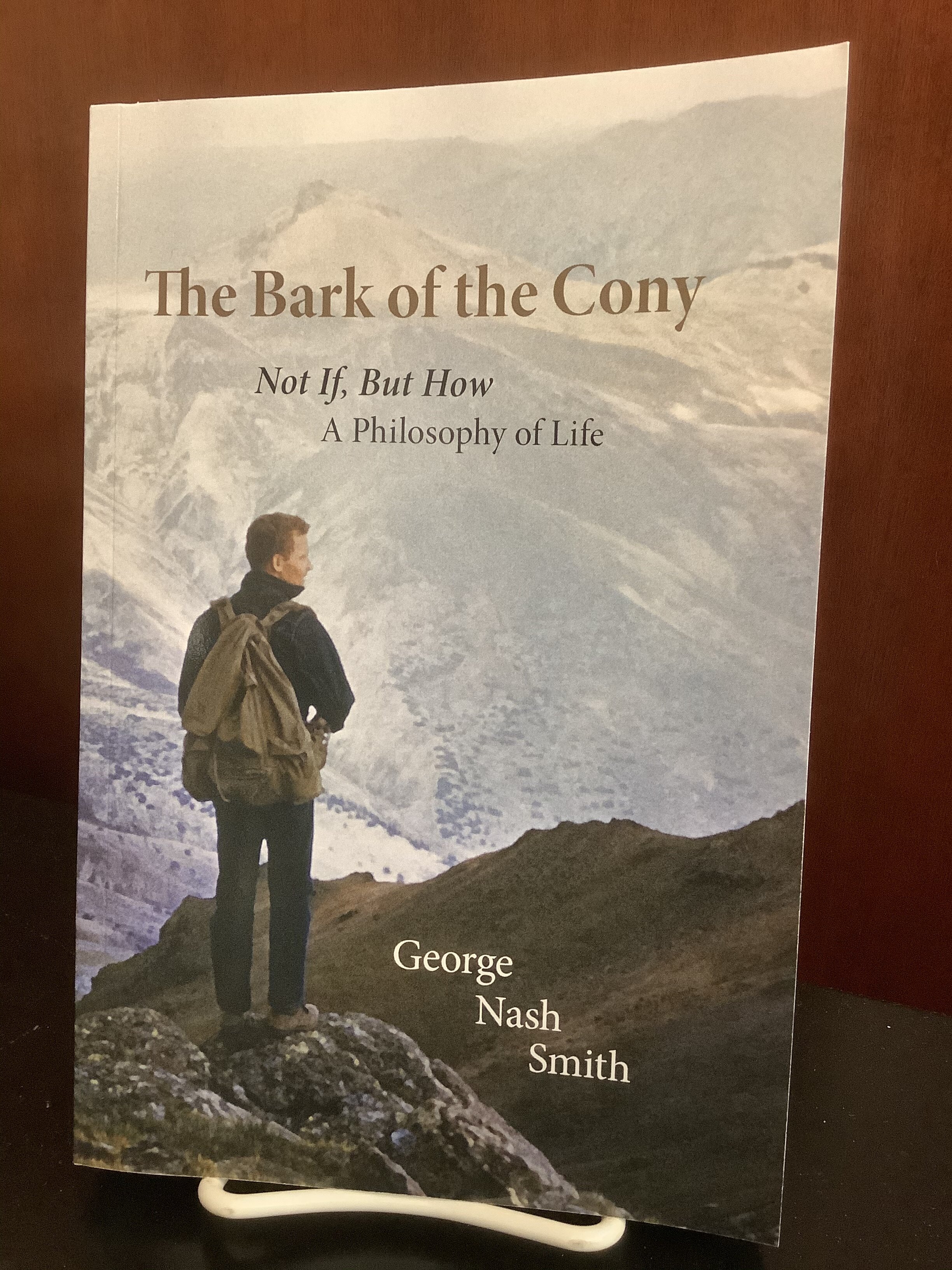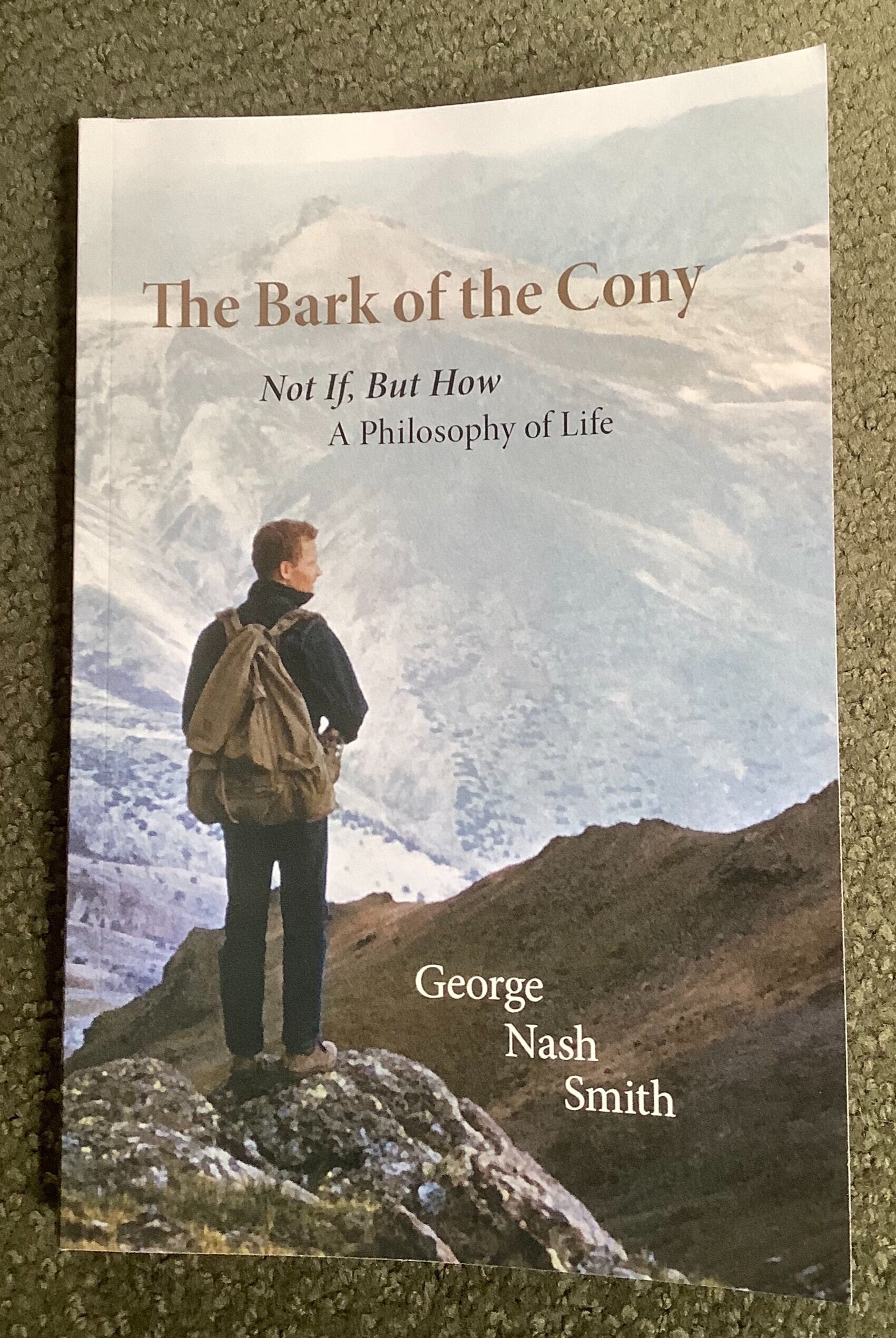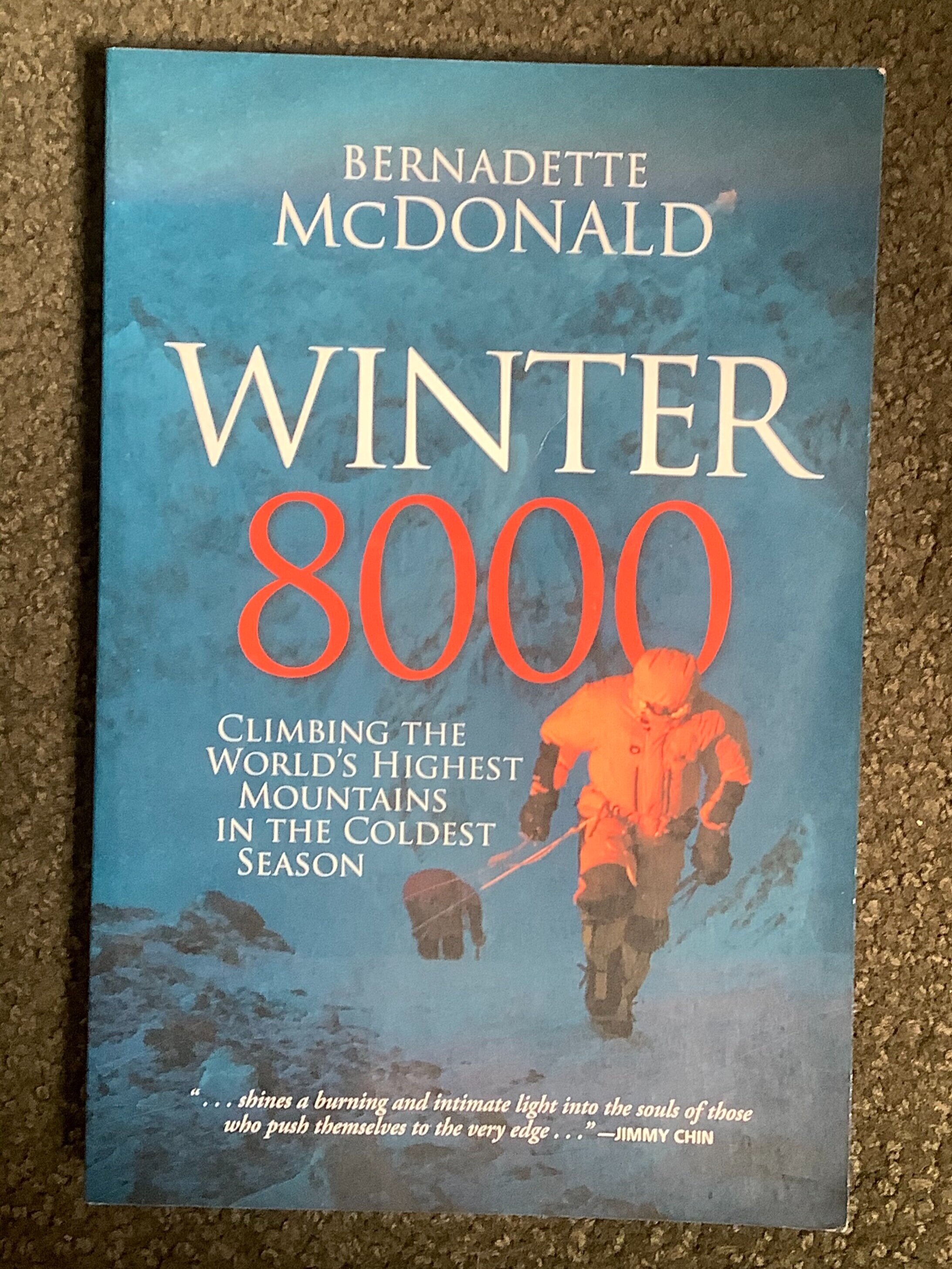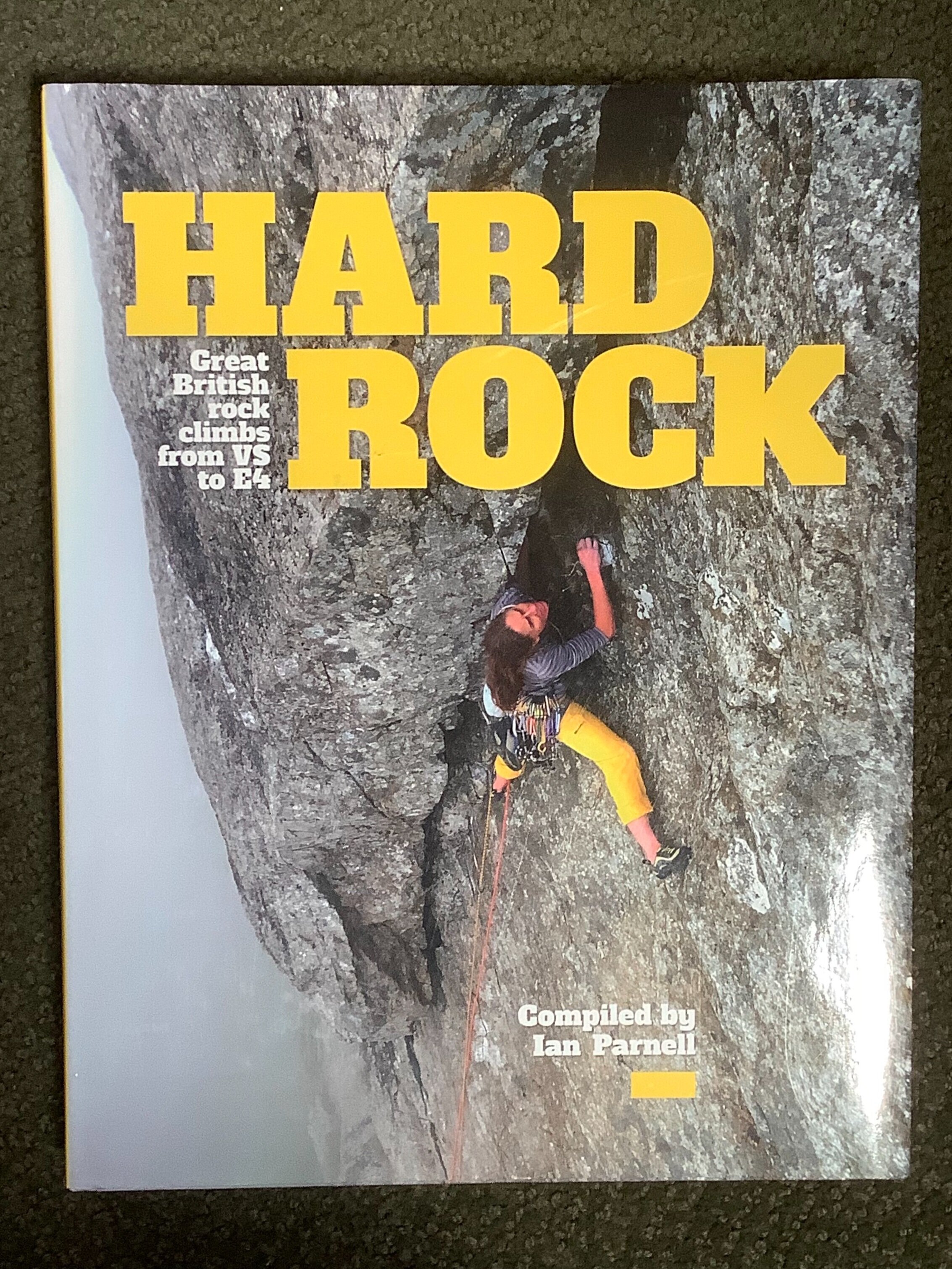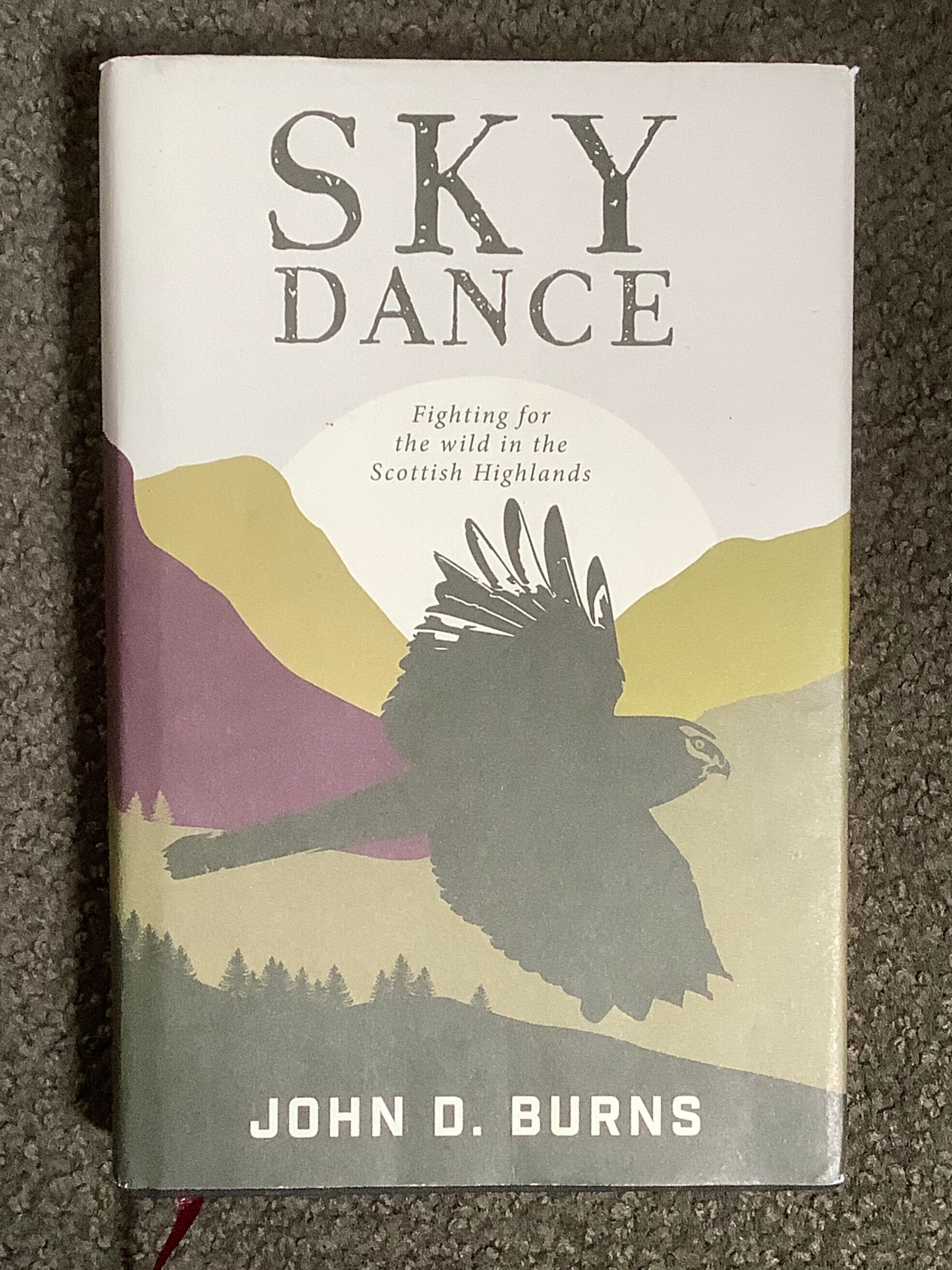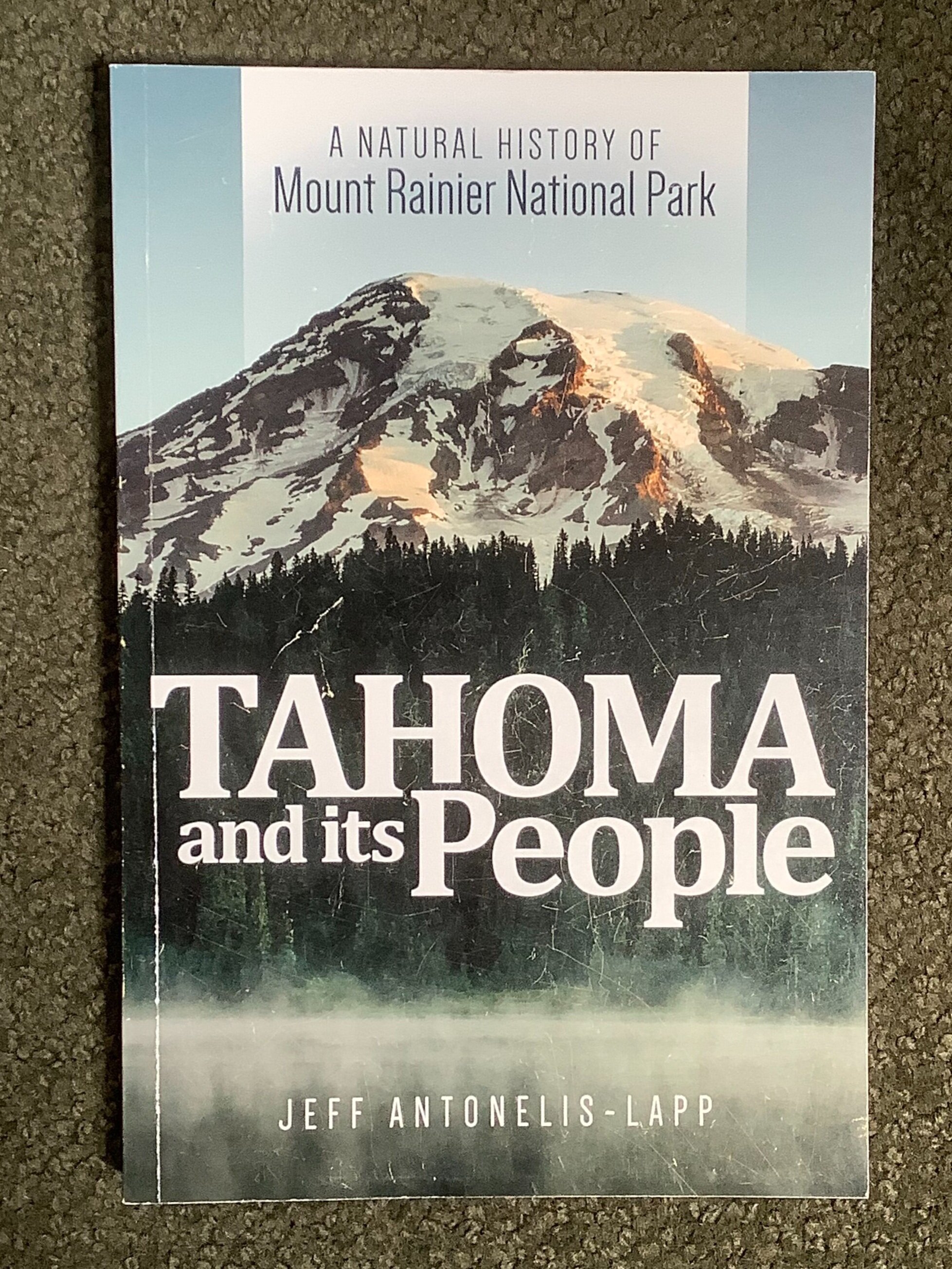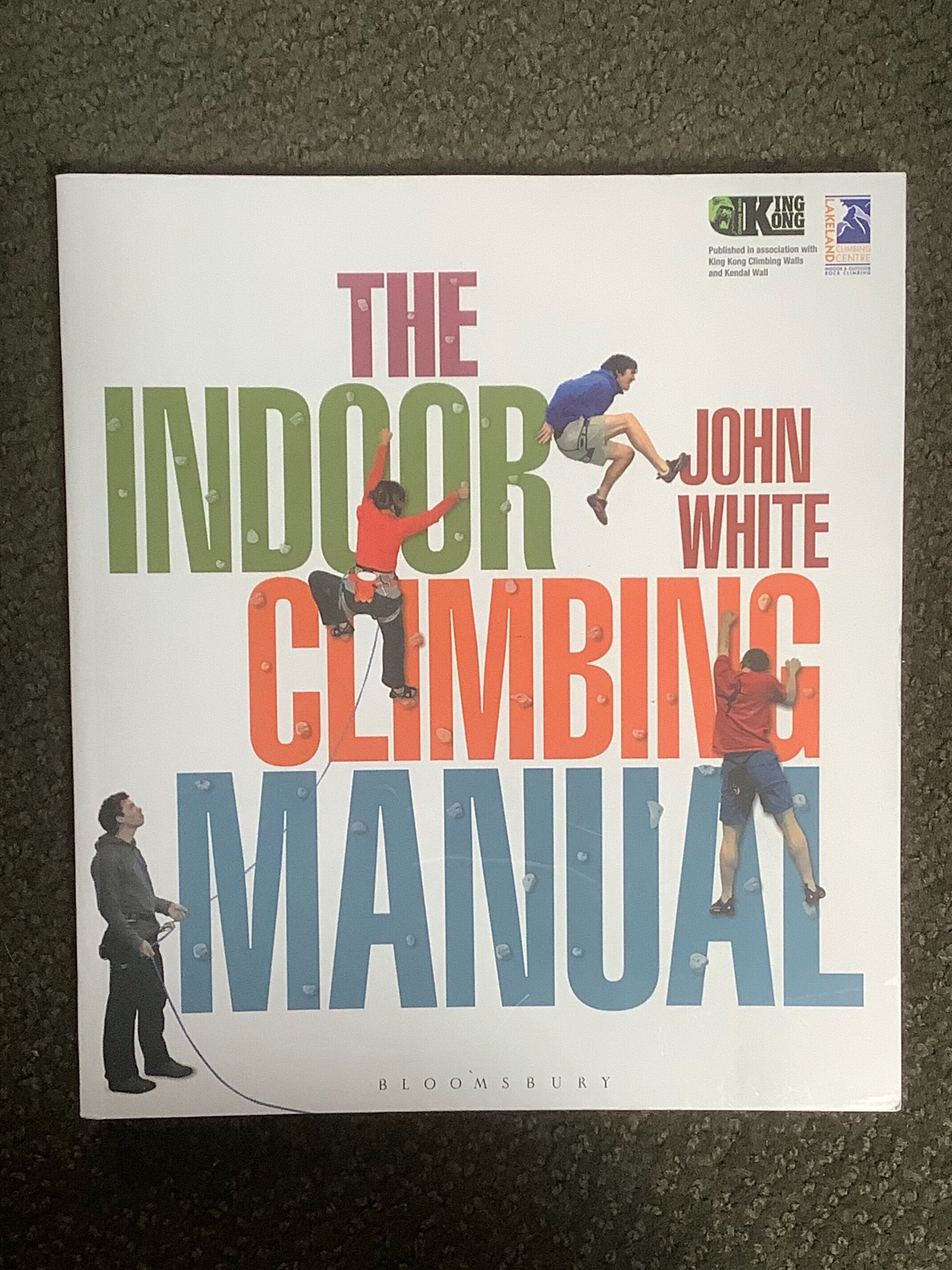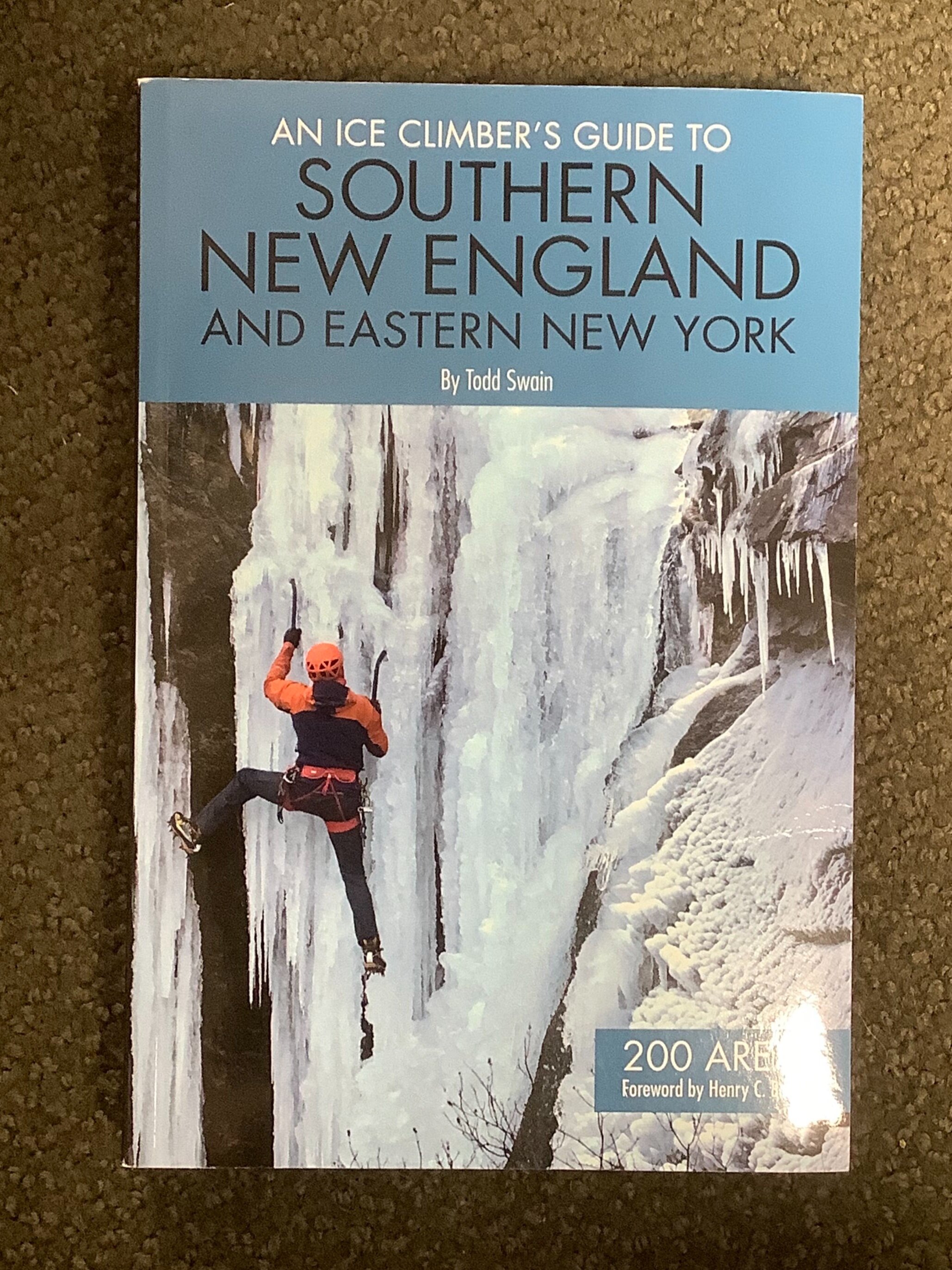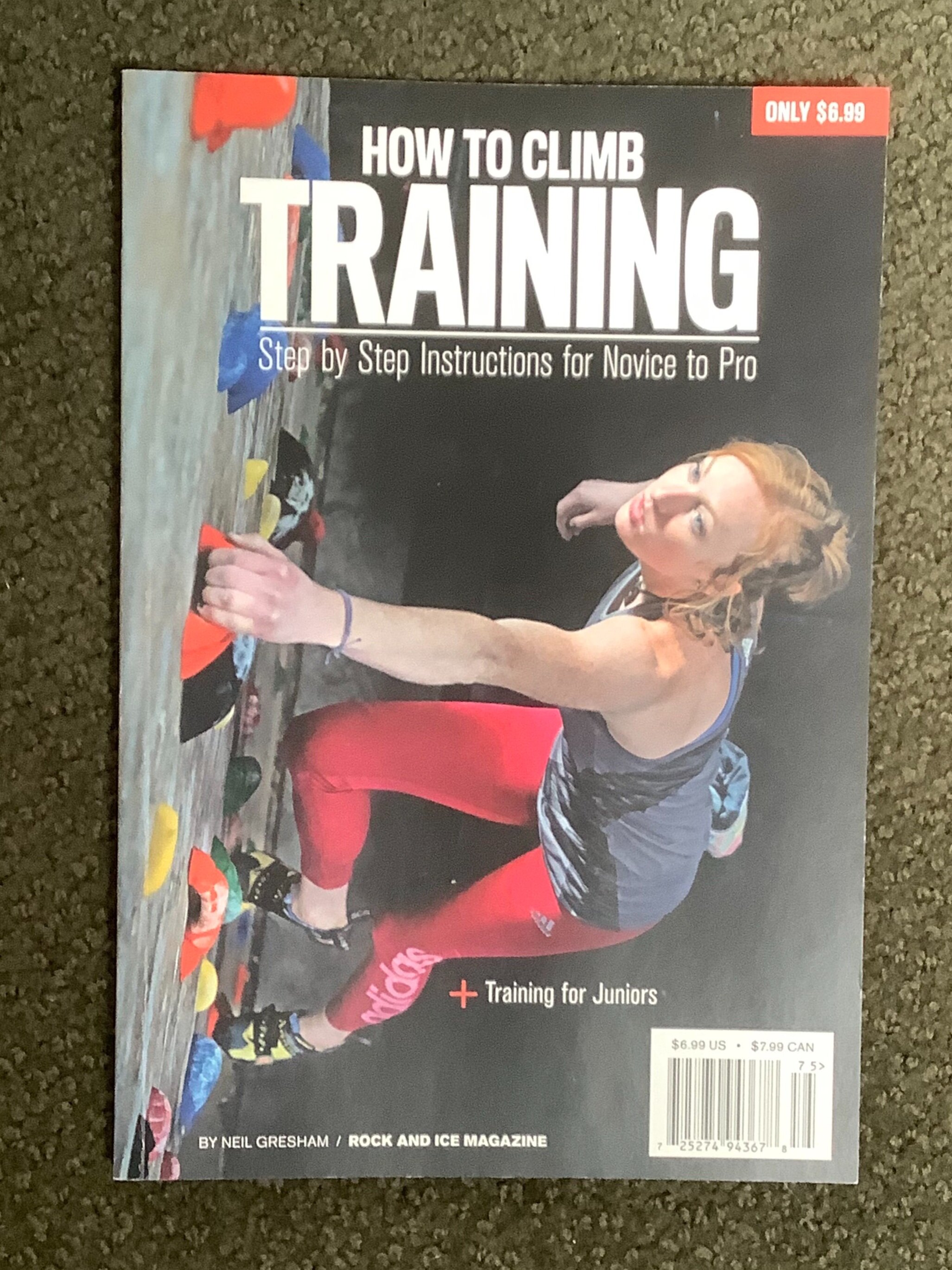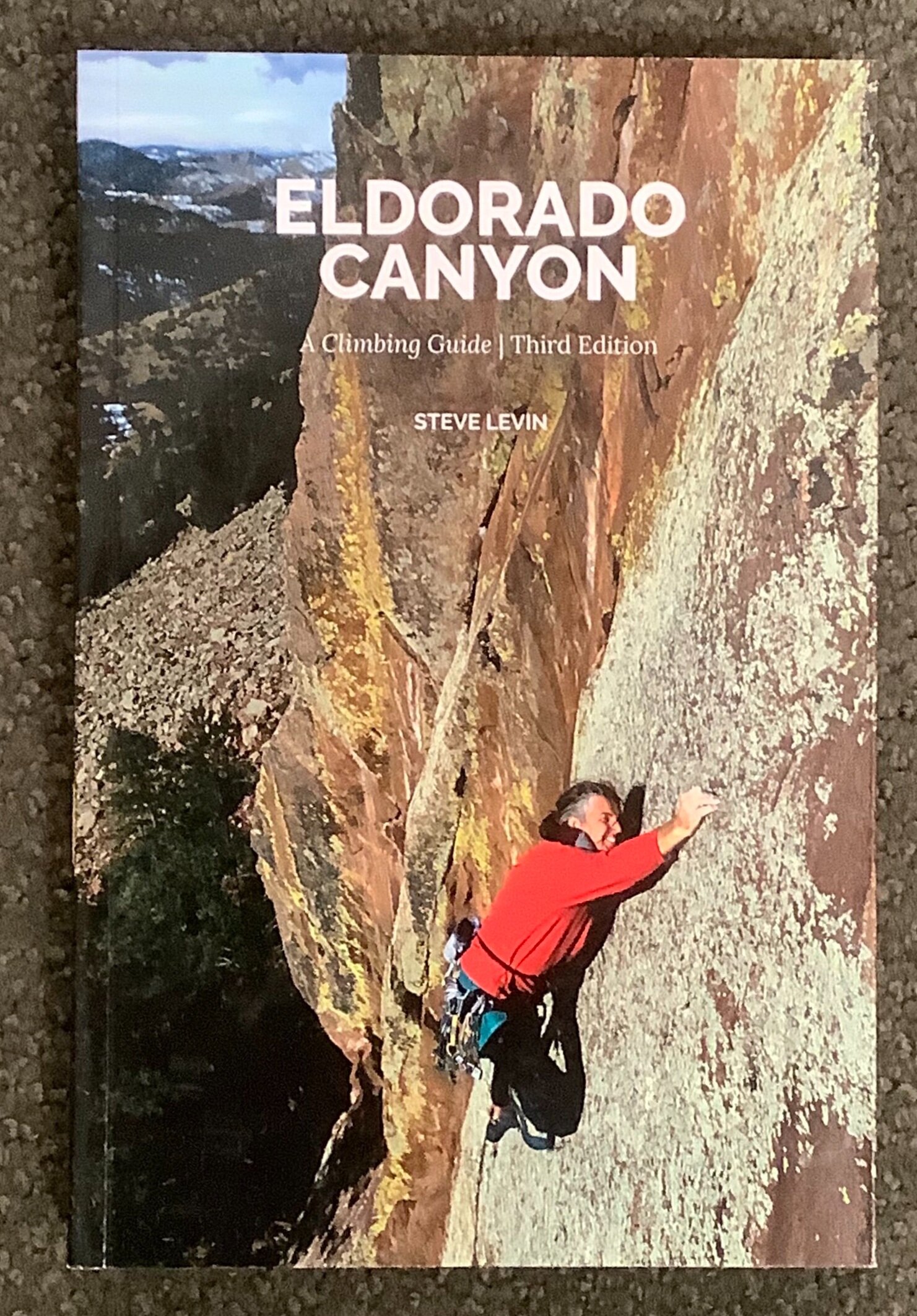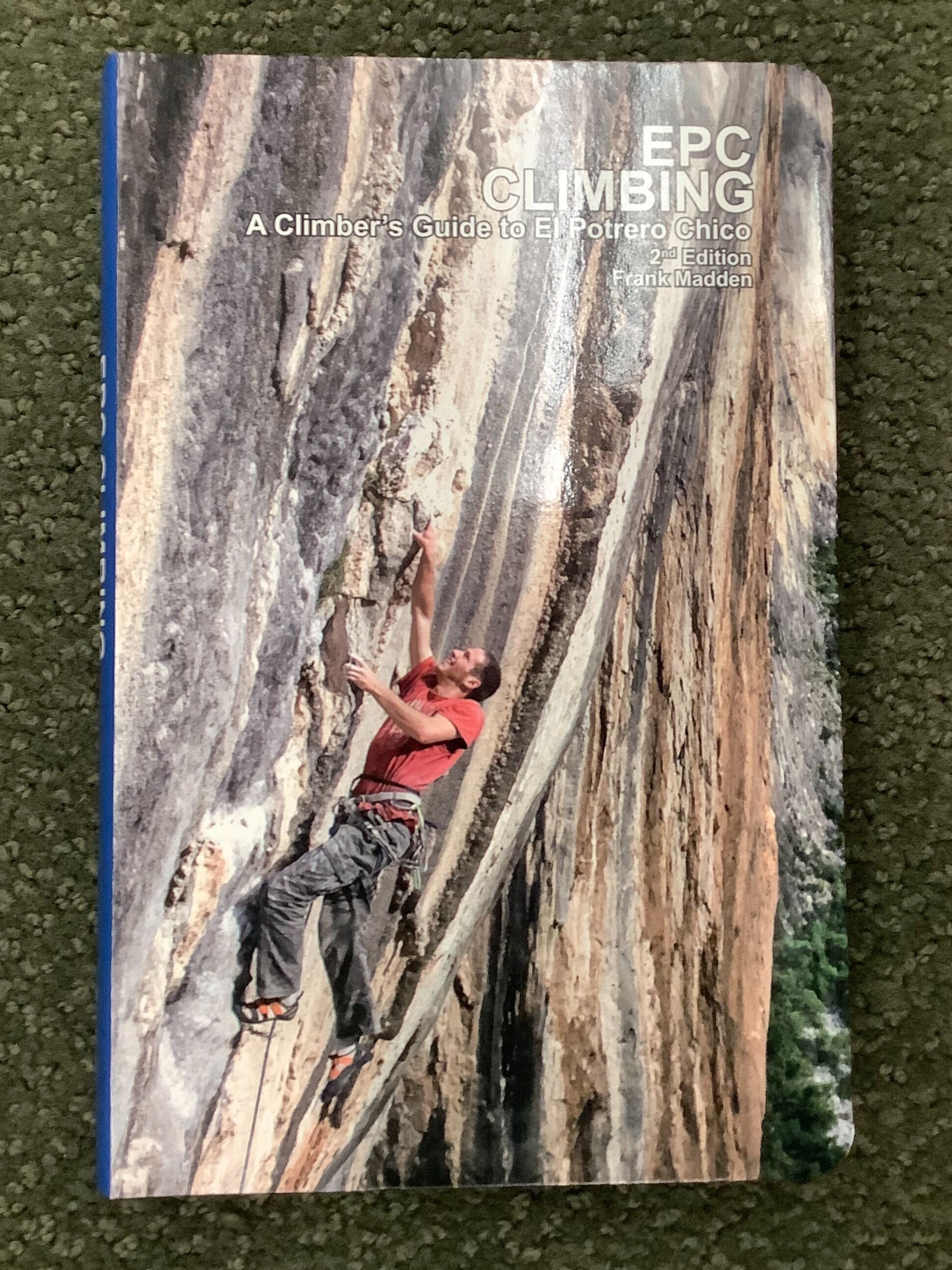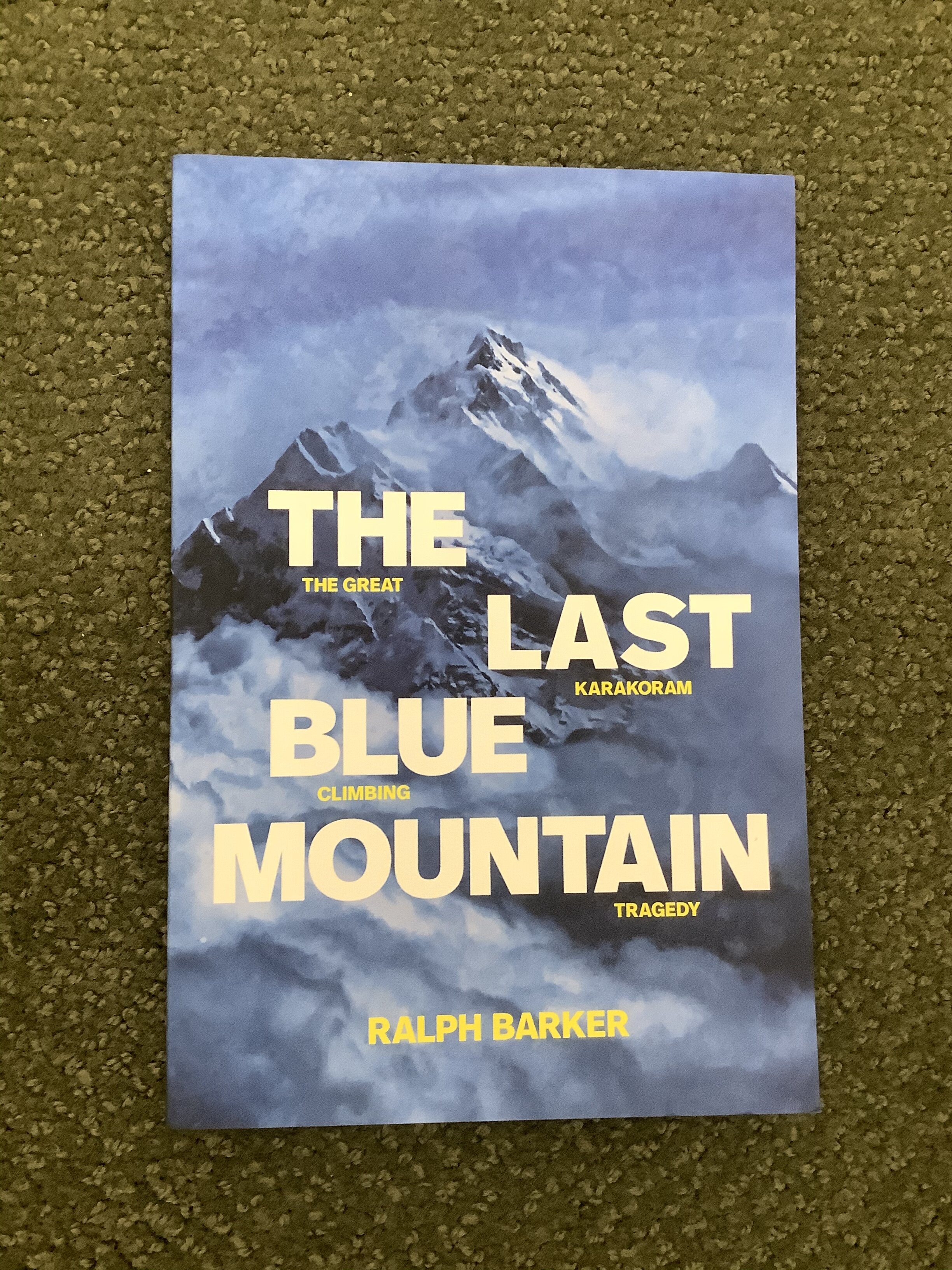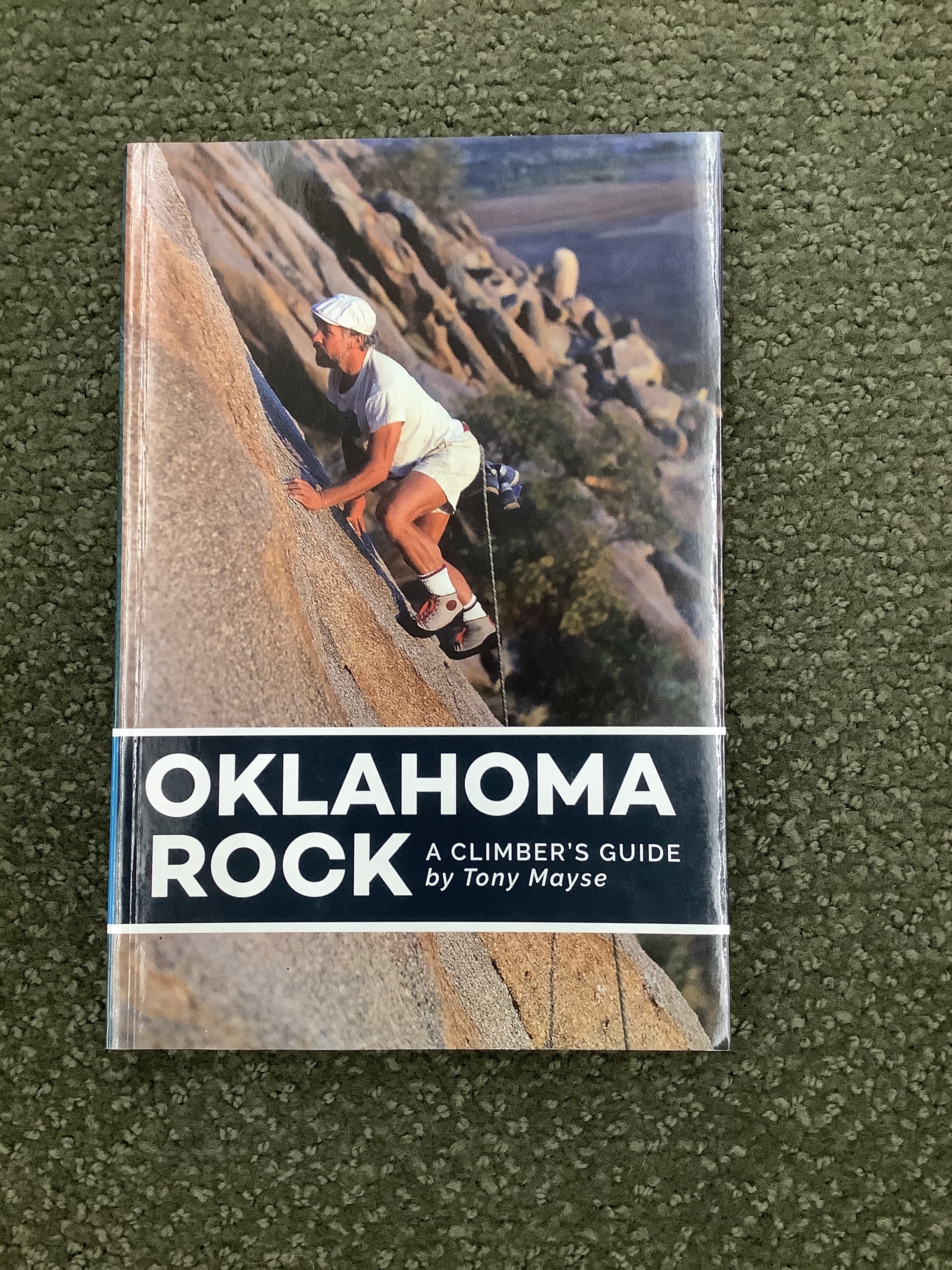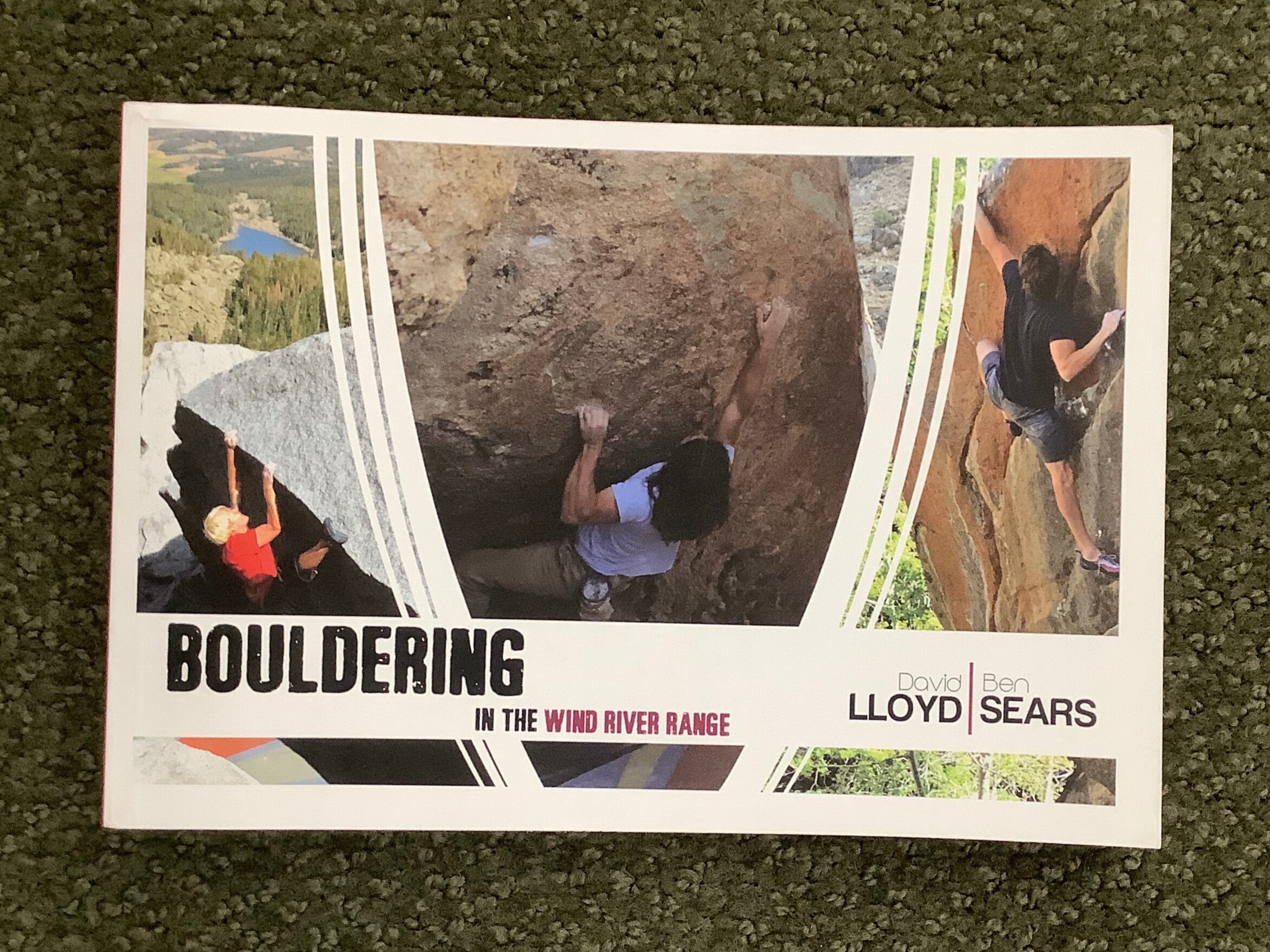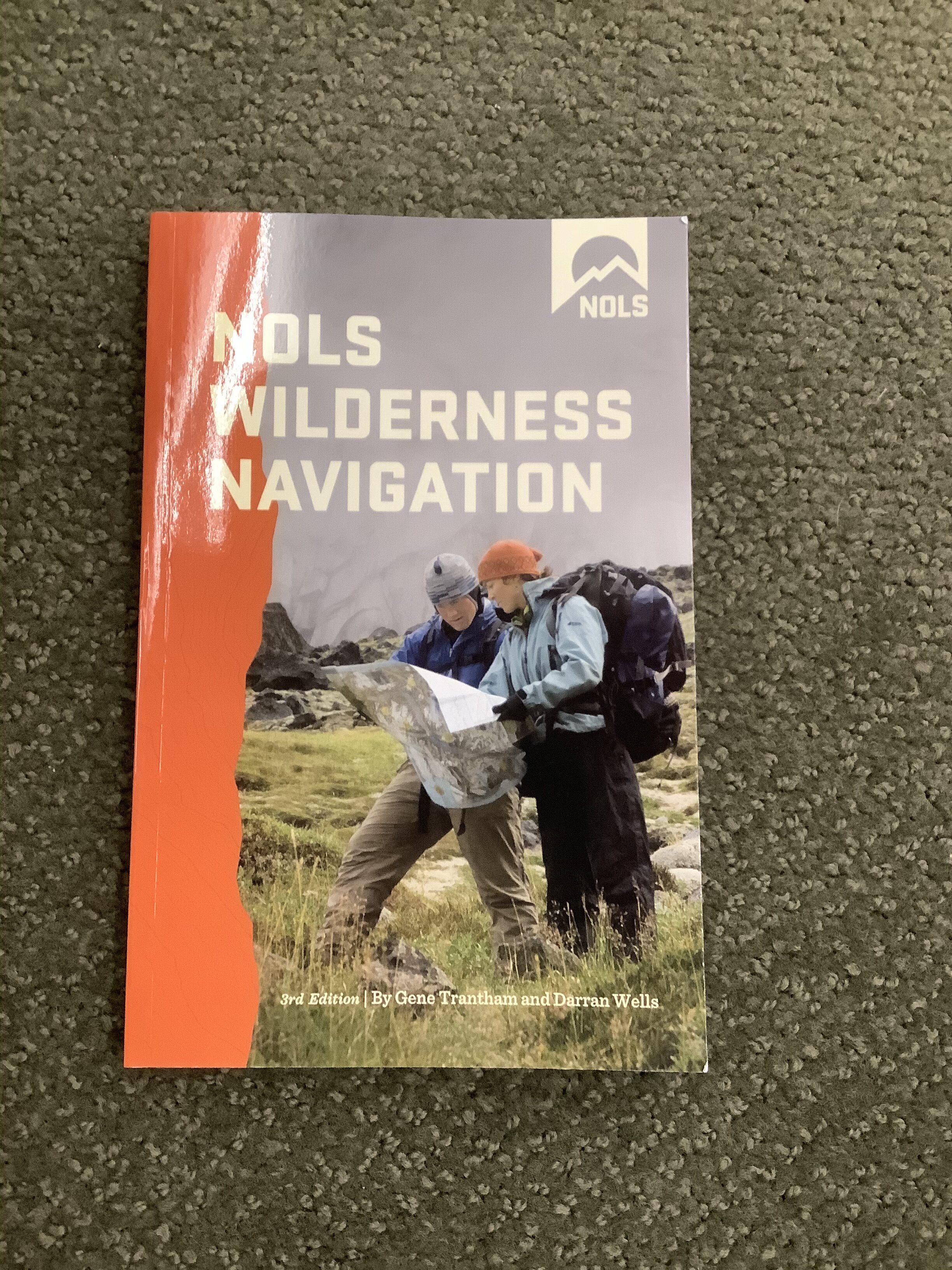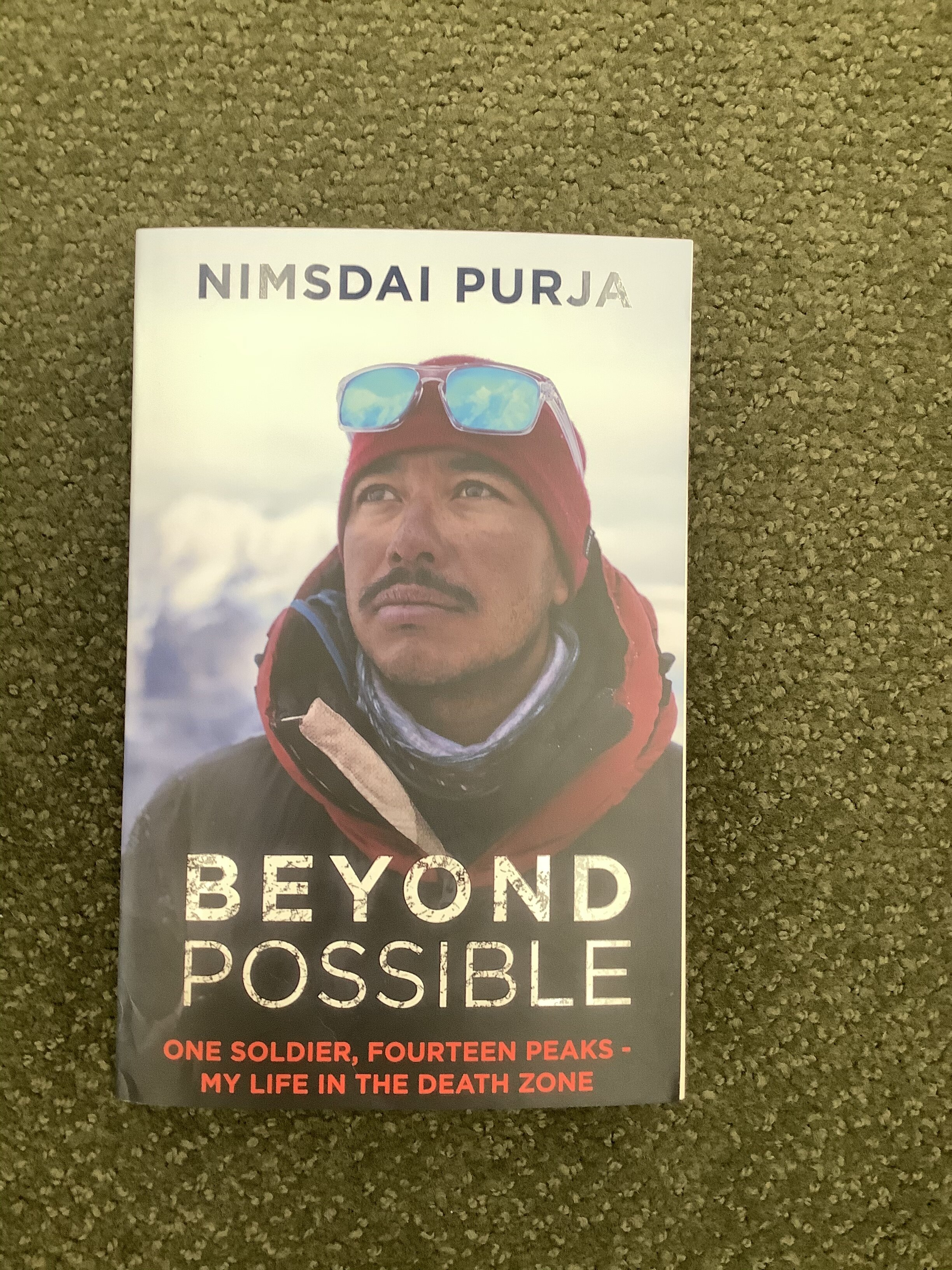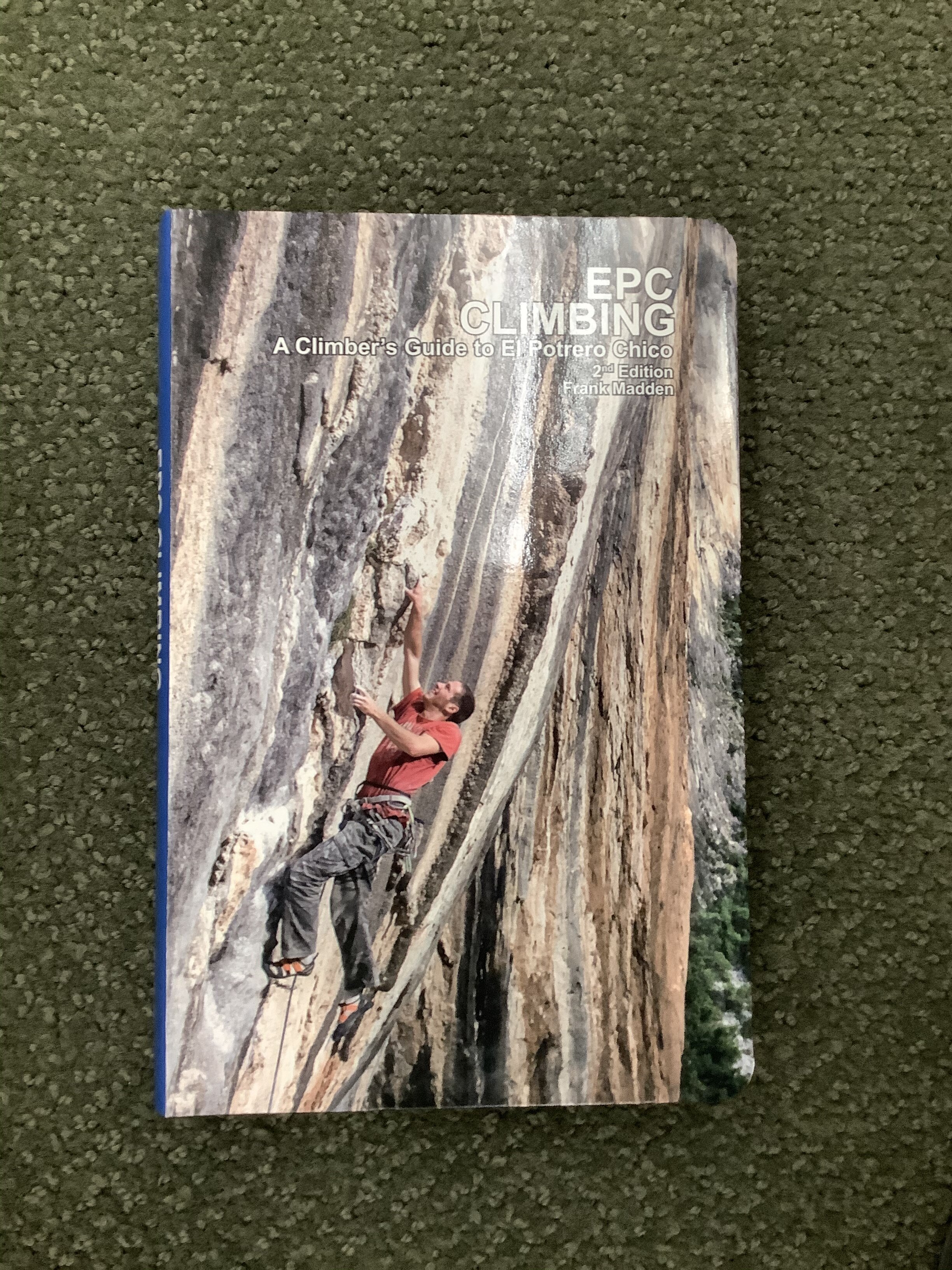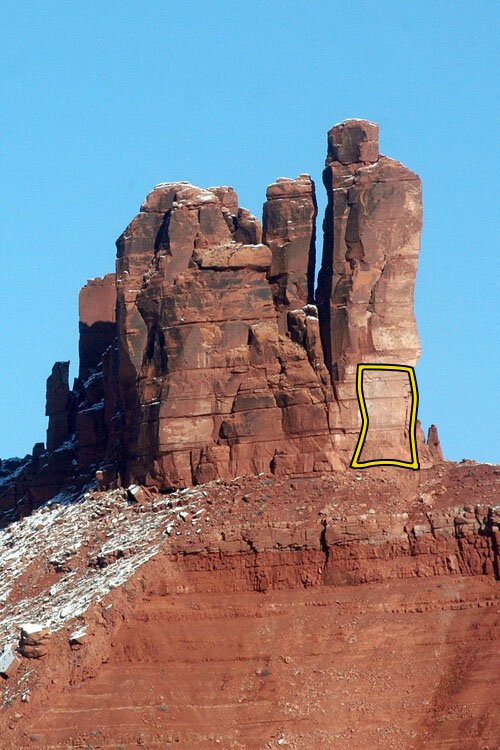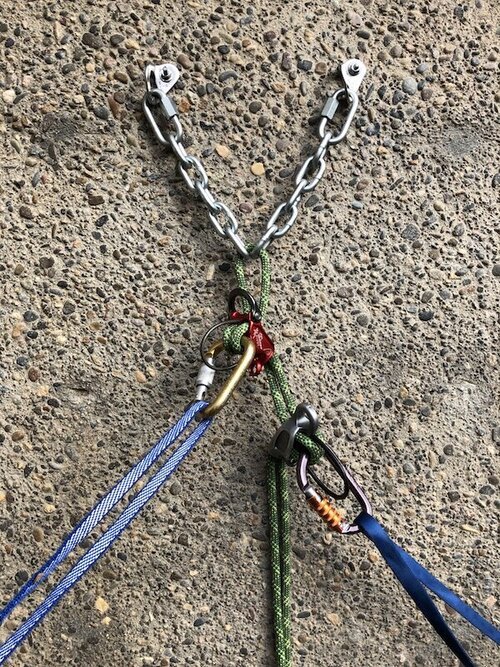What is the Partner in Adventure Grant?
The Partner in Adventure Grant, created in collaboration with TINCUP Whiskey, funds educational opportunities from local guide services for you and your partner to take your pursuit to the next level. Open to duos of all experience levels, the grant will award partners up to $1,000 for the educational opportunity of your choice.
2020 TINCUP Partner in Adventure Grant Recipients
The American Alpine Club and TINCUP Whiskey are pleased to announce the winners of the 2020 TINCUP Partner in Adventure Grant. In total, $20,000 was awarded to 20 partners in adventure.
A partner in adventure is there with you as you dream up the next big pursuit. They encourage you to push beyond your comfort zone and motivate you to explore the world in ways that are meaningful to you. They galvanize you to take on new challenges, grow your skills, and imagine new adventures, by their side.
Congratulations to the 2020 grant winners, and cheers to the many adventures that await them.
Madeline & Katie – AK | NOLS Wilderness Emergency Medical Technician
Kit & Emma – AK | Avalanche Professional 1 Course
Angela & Emily – NY | Multi-Pitch Climbing
Mick & Kaiwen - WA | AIARE Level I Avalanche Course & Mt. Baker guided climb
Daniel & Jessie – OH | Introduction to Mountaineering - Mt. Washington, 3-day guided climb
Geoffrey & Dave - MA | Introduction to Mountaineering - Mt. Rainier, 4-day guided climb
Alex & Jason – ID | AIARE Level I Avalanche Course
Marissa & Mary – AK | AIARE Level I Avalanche Course
Shauna & Idaliza – AZ | Introduction to Mountaineering – North Cascades guided climb
James & Patrick – OR | AMGA Single Pitch Instructor Course
Lucas & Manny – CO | AIARE Level I Avalanche Course
Christopher & Andrew – MD | Accelerated Mountaineering Course
Jamie & Sam – WA | Ski Mountaineering Course – Mt. Baker, 3-day guided course
Andrew & Melissa – TN | Gym to Crag Course
Janelle & Luke – CO | AIARE Level I Avalanche Course
Jason & Jason – WA | Glacier Travel & Crevasse Rescue Course
Laura & Andrea – IL | Anchors I, II & III Courses
Amanpreet & Soyna – CT | Rock Climbing Development Series, Level II Course
Adrien & Connor – OR | Guided Climb of Mt. Baker
Ellen & Lindsay – AK | Glacier Travel & Crevasse & 6-day Mountaineering Course
TINCUP Partner in Adventure Grant recipients Angela and Emily.
“Emily and I have dreamed about traveling to my homeland, Vietnam to climb and share in the whole culture of the country my family is from. But in order to take a trip like this, we need to seriously step up our technical skills game.”















